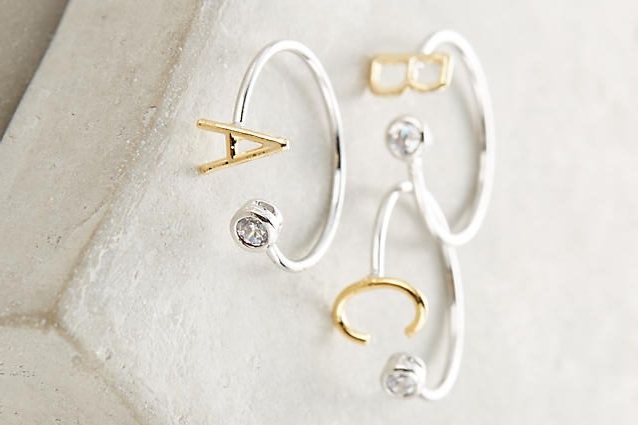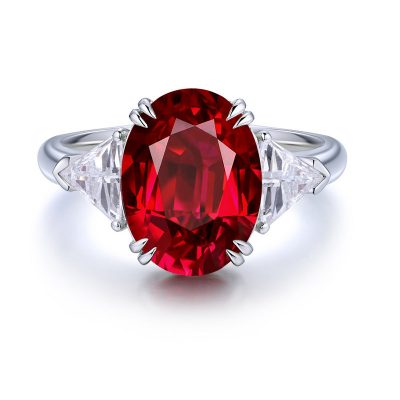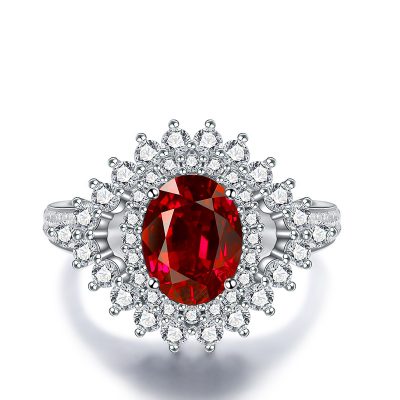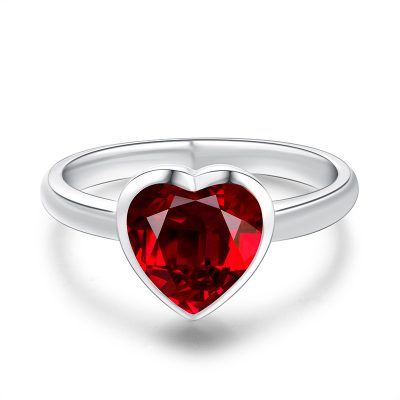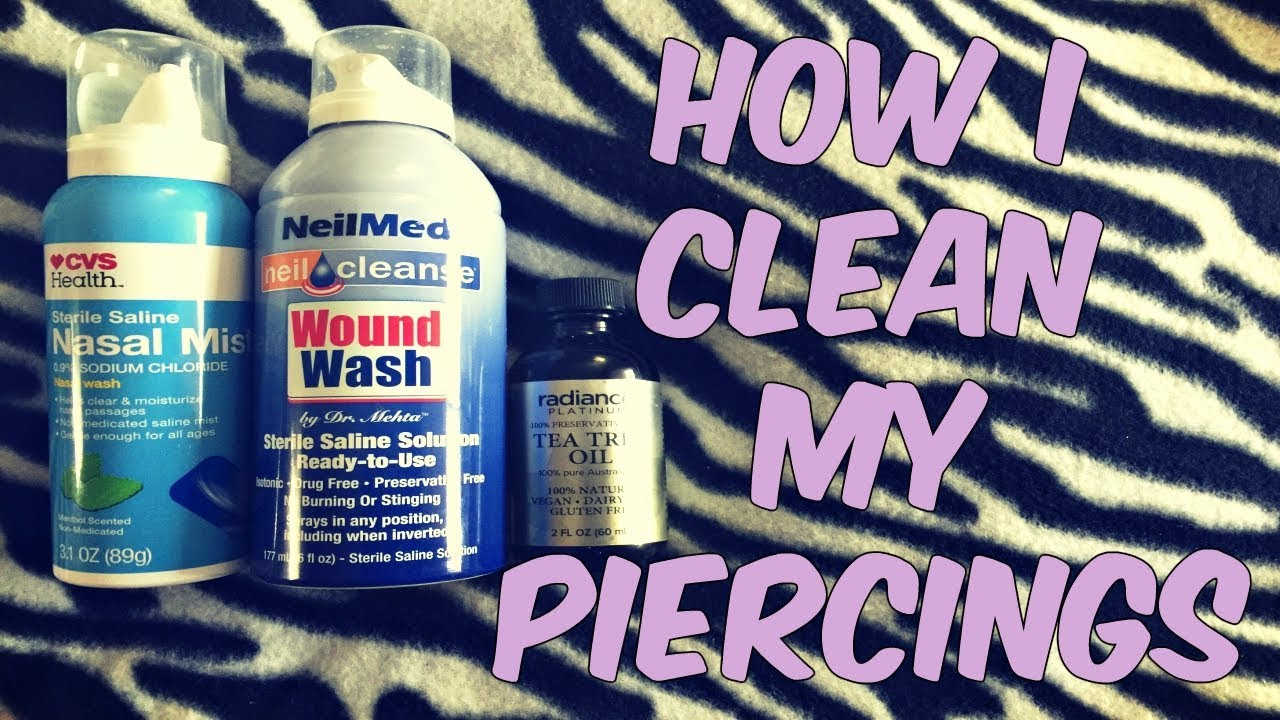Signs of an Allergic Reaction
A nickel allergy often occurs after prolonged exposure and only in the area of the skin the nickel came into contact with. Symptoms of contact dermatitis will begin to appear within 24 to 48 hours and can last for 2 to 4 weeks. Common signs of an allergic reaction include:
- Rashes
- Hives
- Swelling
- Itching or irritation
- Redness
- Tenderness
- Bumps
- Dry patches that resemble a burn
- Blisters and draining fluid
- Bluish-green discoloration
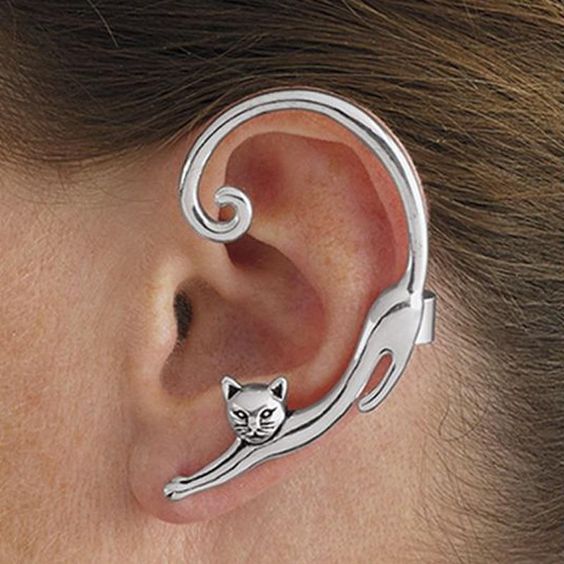
What is a Nickel Allergy?
A nickel allergy occurs when the body’s immune system views the nickel ions as foreign threats. Most of the time, the cells that make up your immune system will only fight off viruses, bacteria, and other toxic substances. In cases of metal hypersensitivity, the immune system rejects the metal substance and produces a variety of symptoms to combat it.
Metals such as nickel, cobalt, copper, and chromium are usually the culprits of these allergic reactions. These metals are found in everyday items such as jewelry, watches, and coins. These metals are frequently mixed into silver to make the product stronger and more resistant to rust. For some silver jewelry, nickel is also used as the base metal.
Patients who have autoimmune disorders are at a higher risk for metal hypersensitivity because their immune system is in a constant state of activity. You are also more likely to develop a nickel allergy if your family members are allergic as well.
Is sterling silver hypoallergenic?
Sterling silver must be at least 92.5% pure silver, with the remaining 7.5% filled in by another metal. Most of the “fill” is copper (another soft, but non-allergenic metal), with a tiny bit of something else to help the soft metals keep their shape and not get damaged. Sometimes, that other metal is nickel. Quite a few people are allergic to nickel. However, often the other metal is something benign to most people – zinc, tin, boron, lithium, germanium, platinum, or indium. But, unless the product states, “Made with nickel-free sterling silver”, or “Made of hypoallergenic sterling silver,” you can’t be certain whether or not the piece contains nickel. And sadly, sometimes, those labels are lying.
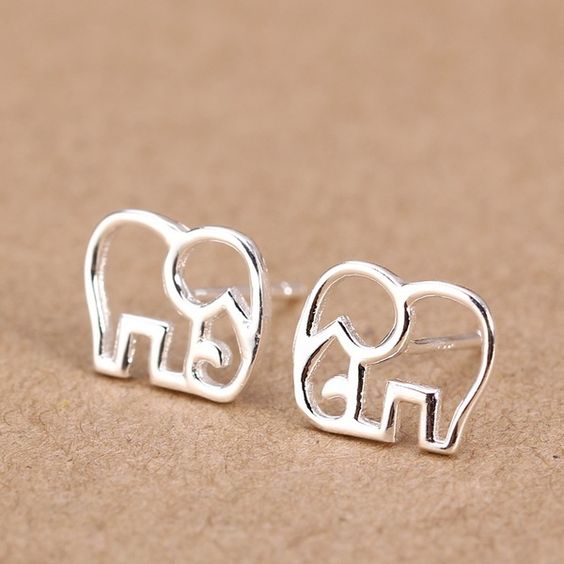
Is sterling silver good for sensitive ears?
As mentioned above, sterling silver loses its hypoallergenic properties to the metal alloys used to harden pure sterling silver. Sterling silver is only ideal for use on sensitive ears if you are certain that the jewelry is free of nickel.
If you are certain that the sterling silver jewelry is free of nickel, then you shouldn’t worry about the reaction of the metal on your skin.
As mentioned above, sterling silver is mostly pure silver which is hypoallergic. Therefore, if its alloy is free of nickel, you will be on your way to a good-quality sterling silver jewelry piece.
Pros and cons of Sterling silver
Pros of Sterling silver
- It boasts a beautiful luster. The silvery shine gets worn down into more of a patina glow hence the sterling silver’s desirability to most collectors.
- It’s valuable and even more expensive than other metals like stainless steel. Sterling silver retains its value given the right care over the years.
- It’s cheaper than gold or even platinum
- Its luminous shine is hard to tolerate
- Great option of costume jewelry
- It’s malleable and can be transformed into different designs
Cons of Sterling silver
- It tarnishes fast because its copper alloy gets oxidized when it gets in contact with water, air, or sulfur.
- The low melting point limits its versatility.
- It’s soft which means that it scratches and bends easily.
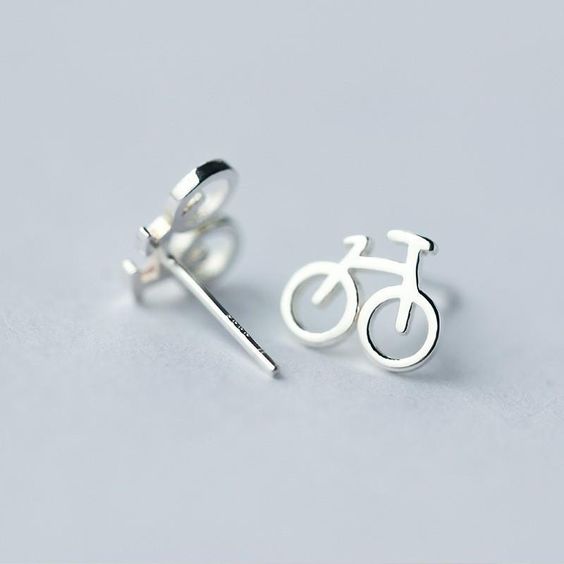
What Types of Silver Jewelry is Allergenic?
While true sterling silver composed of silver and copper is mostly hypoallergenic, some other types of silver jewelry can be highly allergenic. What’s more important is that these categories of jewelry can often appear to be high quality and hypoallergenic. It’s essential that jewelry customers understand and check their jewelry to see exactly what metals it contains.
Many cheap jewelry manufacturers will use confusing terms to hide the fact that their jewelry is produced using cheap and allergenic precious metals. A phrase like “silver-filled,” as an example, might make it seem that the jewelry is almost all silver. But the term can mean many things; some retailers sell “silver-filled” jewelry with only a thin layer of silver surrounding a combination of different cheaper metals.
“Silver plating” is another common term used to describe the same concept. Silver-plated jewelry could very easily be the cause of allergies. While the silver on the outside of the piece is a hypoallergenic metal, there could be a thicker layer of nickel below it.
But is sterling silver hypoallergenic, even when allergenic metals are hidden below a layer of purer silver? The answer depends on a few factors. If the layer of silver plating is coated to prevent it from being damaged, then this might be enough to avoid an allergic reaction. But when the user’s skin is exposed to the base metal below the silver plating, an allergic reaction is likely.
Rhodium plating is a great way to make hypoallergenic jewelry. Even when silver is combined with nickel to make the sterling silver alloy, a fine layer of rhodium can protect the user’s skin from being exposed to the allergenic metals under the silver. Rhodium plating on sterling silver jewelry can even make the silver appear brighter and shiner, too!
Sterling Silver Versus Stainless Steel for Allergies
Many people wonder about the differences between stainless steel and sterling silver. Stainless steel is often much cheaper than sterling silver, so it’s natural to wonder what causes this radical price difference between the two. Sterling silver is quite a bit brighter and shinier than stainless steel.
Stainless steel is made by combining steel with chromium. The result is an extremely durable material with a relatively shiny appearance. The main problem with stainless steel for people with sensitive skin is that it might contain small amounts of nickel, as well as iron. Both of these metals have been known to cause allergic reactions.
For most people, stainless steel usually contains too little nickel content to cause much of a problem. But if you or a loved one has hypersensitive skin, stainless steel could potentially cause allergy symptoms when exposed to your skin. To avoid this problem, look for stainless steel advertised to contain absolutely no nickel.
There are other reasons why most people prefer silver to steel, however. Silver is often considered prettier than stainless steel, and it might retain value over time more effectively. When you check your jewelry carefully to verify that it contains no allergenic metals in its alloy, you can avoid the risk of experiencing a reaction.
How to Buy Hypoallergenic Silver Jewelry?
Whether it’s for yourself or a loved one, shopping for jewelry can be a complicated process. Many companies in the jewelry industry try to hide the exact components of their alloys, because they know that the savvy consumer is looking to buy sterling silver that has no chance of irritating the skin or causing breakouts.
Etchings are a good way to verify the silver purity of a piece of jewelry. Many manufacturers will etch a number representing the purity into the object. For sterling silver, the number to look for is 925. Try checking the inside of a ring, or the clasp of a bracelet or necklace. Sometimes, sterling silver items will be marked with some abbreviation of the term, such as “ster” or “sterling.” But this is rare with jewelry and is mostly used to mark other silver objects.
Once you’re sure that you’re dealing with sterling silver instead of a different purity level, you need to figure out what metals compose the alloy. This is the biggest step in answering the question “is sterling silver hypoallergenic” before making your purchases. Ideally, the distributor of a piece of jewelry will clearly state which metals are included in the sterling silver alloy. If they don’t, ask!
It’s also helpful to filter your search for jewelry using the term “hypoallergenic” or “nickel-free.” This is especially important if you’re buying jewelry online and don’t have the advantage of directly questioning the salesperson in a shop.
The reason for Allergies in Sterling Silver Jewelry
Nickel
The hypoallergenic sterling silver jewelry is often made by dubious jewelers and manufacturers who will mix the silver with cheap metals such as nickel. (we do not use nickel in silver)With 5-10% of the human population said to have nickel allergies, it makes sense for you to be careful about the metal components in your sterling silver jewelry.
Silver Plating
There’s an increasing number of dubious jewelry manufacturers passing off silver-plated jewelry as genuine sterling silver jewelry. With silver plating, there’s only a thin layer of silver that coats the base metal. This silver layer is easily scratched off, exposing your skin to the base metal. Often, the base metal is copper, brass, or some other alloy. Therefore, once the silver layer goes, you are exposed to the base metal, which could easily cause a reaction.
Silver Filing
The other reason why your supposed sterling silver jewelry could cause an allergic reaction is if the jewelry is silver filling. In essence, the silver filling would mean that the middle layer of that jewelry piece has silver. However, this is far from the truth since silver-filled jewelry is silver-plated jewelry with a thicker layer of silver. But even with this thick layer, an allergic reaction is not prevented.
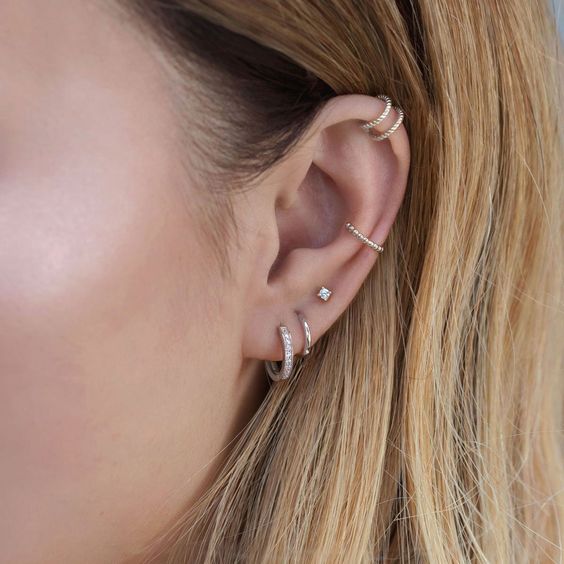
Hypoallergenic Jewelry
Hypoallergenic jewelry is specifically made for those who experience allergic reactions to certain types of metals. Most people who have an allergic reaction are reacting to nickel. Always check labels to see if the piece of jewelry you are interested in is nickel-free.
Below are some other types of metal that are hypoallergenic, and would be great options for those who experience allergic reactions.
GOLD
Gold is a great hypoallergenic option. Gold is measured by different karat counts. 24kt gold is the highest karat count, it is pure gold. It means that 24 out of 24 karats are made of pure gold.
However, 24kt gold is very soft, oftentimes too soft for jewelry. Most of the time, you will find jewelry made out of 14kt gold, which means that 14 out of 24 karats are made of pure gold. The other 10 parts are made from other metals.
Small to very small amounts of nickel can be found in the other parts. But most people who are allergic to nickel may still wear these pieces without a reaction if they purchase high-quality gold. These pieces are usually a high percentage of gold and a very small percentage of other metals.
PLATINUM
Platinum is a hypoallergenic metal and a great choice for jewelry. Although it tends to usually be a bit more expensive than other metals, it rarely tarnishes and won’t leave you with an itchy rash.
Platinum is also known as one of the strongest, most durable metals in the world. So, investing in platinum pieces is a great idea because you know that they will last forever, if not for a long time.
RHODIUM
Rhodium is in the same metal family as platinum and is a hypoallergenic metal as well. It is used to “finish” white gold and is responsible for the long-term shine and luster of white gold pieces. Although it also tends to be a bit more expensive than other metals, it rarely tarnishes and won’t leave you with an itchy rash.
Many designer jewelry companies are now using rhodium to finish their sterling silver jewelry pieces as well. This rhodium plating over sterling silver gives the customer the best of both worlds: A reasonable price point + anti-tarnish qualities of more expensive white gold jewelry.
One great example of a brand using rhodium over sterling silver isEros Milano of Italy. Premium-quality sterling silver designer jewelry made in Milan, Italy.
ARGENTIUM
Argentium is a type of silver. It is hypoallergenic because it uses germanium for a hardener. Using germanium as a hardener leads to a slightly brighter silver color. Many have also noted that it is tarnish-resistant.
Argentium sterling silver is also certified 100% recycled, reducing demand for mining virgin silver ore. Of course, that also means that it is environmentally friendly, reducing pollution and harmful emissions.
NIOBIUM
Niobium is another great choice for people with metal allergies. It is highly resistant to corrosion and is used in medical implants and tools. Niobium is never plated or painted, so the color will not flake or wear down.
Niobium contains no nickel, lead, or other additives which is why it is hypoallergenic. It is available in a variety of colors, which is great for the more eclectic jewelry wearer.
Ten articles before and after
Does Brass Turn Your Skin Green?
Is Stainless Steel Or Surgical Steel Better For Earring Piercings?
Which type of nose ring is best for big nose?
How Long Does It Take For A Piercing To Close?
The Reason that you will get Ear Cheese
Tips For Keeping the Pregnancy Belly Ring
